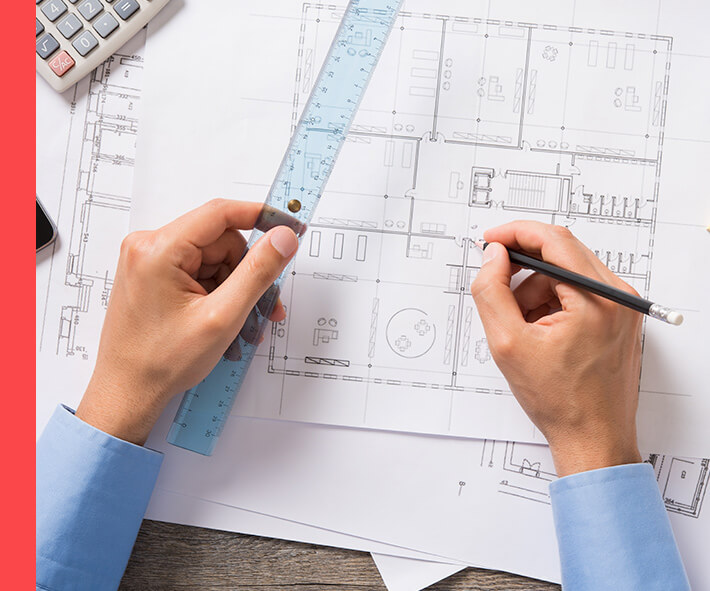PG/Diploma in Interior Design
& Space
Management

PG/Diploma in Interior Design
&
Space Management
Cindrebay’s Diploma in Interior Design & Space Management programme is packed with punch and created to take students on an exciting journey of spatial design. With topics ranging from basic design and visual arts, drafting for interior designers, interior space components and furnishing, building material and construction, interior services the course is very intensive and highly focussed.
APPLY NOW ALUMNI SPEAKThe studio sessions help students develop and perfect their technical skills (AutoCAD, 3DS Max Design, Photoshop, Revit Architecture, SketchUp with V - ray, and Lumion are some of the softwares included in the syllabus.)
Duration
12 MonthsEligibility
Diploma: 10+2 with a minimum 50% aggregate marksPG: Bachelor's Degree in any Discipline





